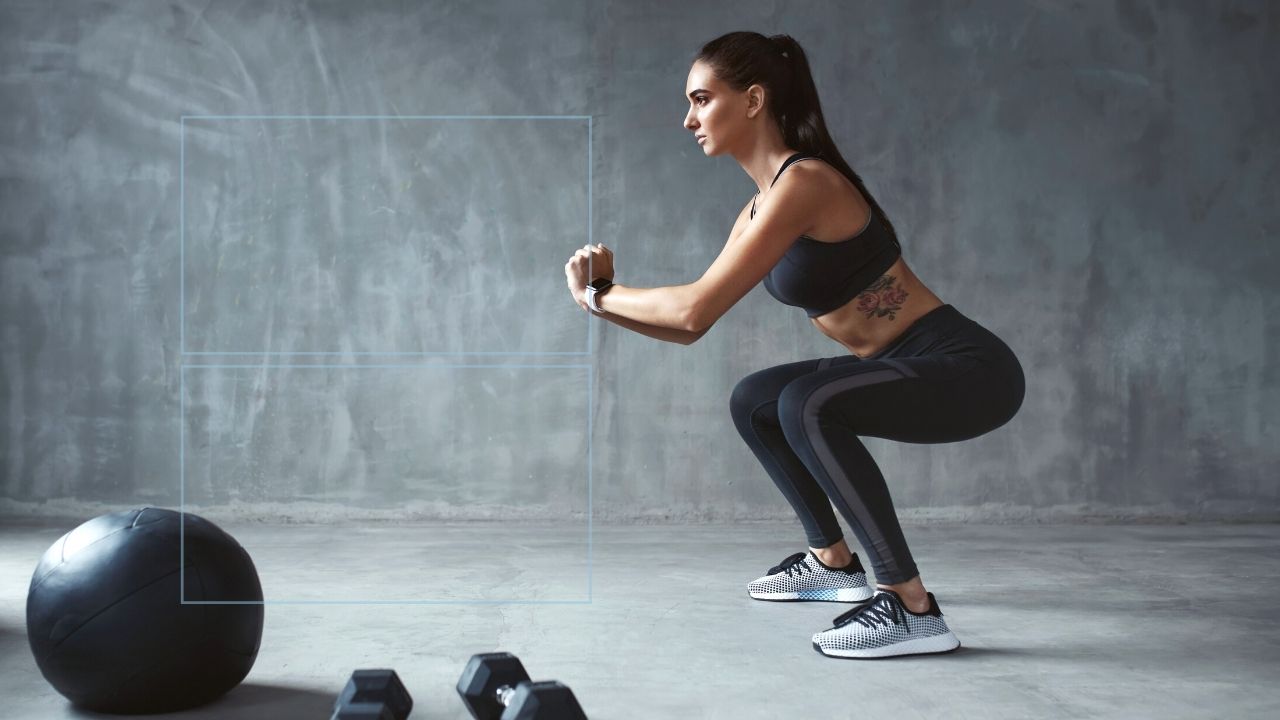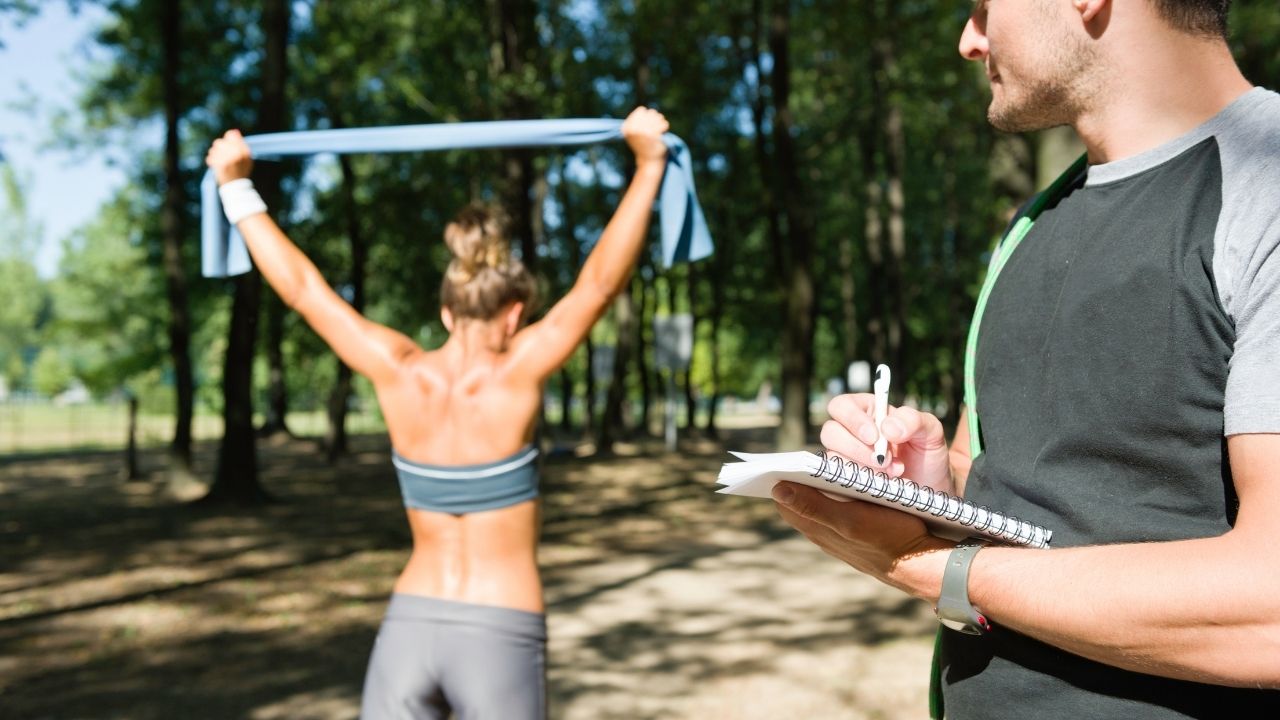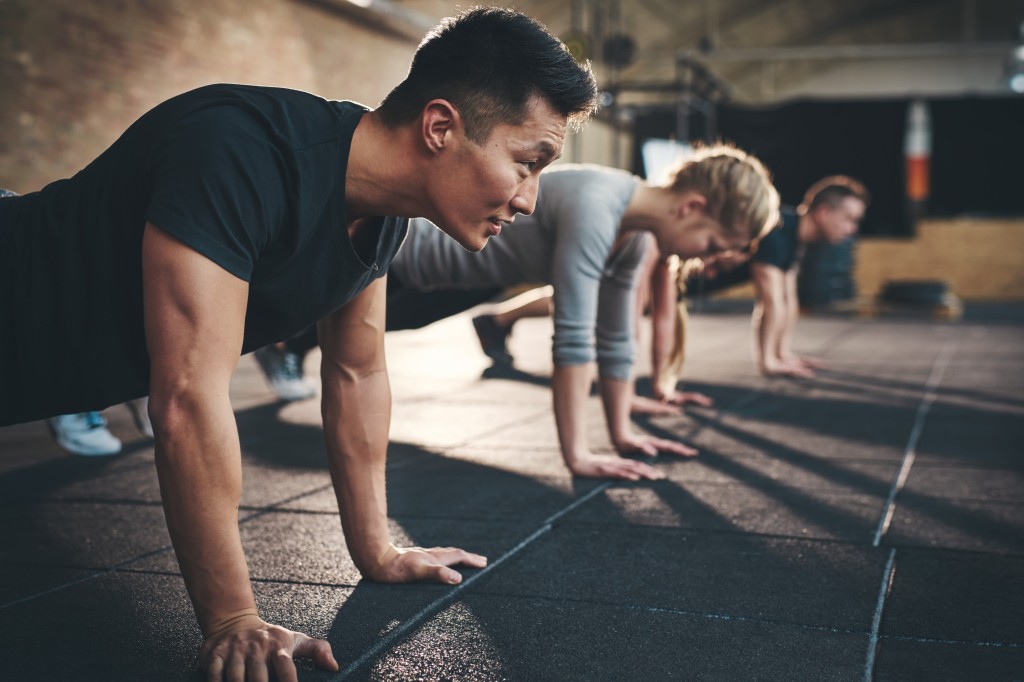
Different people may have different meanings of the words health and fitness. This article will therefore focus on the psychological advantages of physical activity. Exercise improves the heart rate, breathing, and helps you sleep. But what exactly does health and fitness mean? What does it actually mean? What can you do to make it more beneficial? Find out how to incorporate more physical activity into your day. Make sure you make time every day for it. It should be done at least 30 mins per day.
Exercise improves mental health
There are many benefits to physical activity, but did you know it can also boost your mood? According to a major study published by the Lancet Psychiatry Journal (LPJ), exercise is linked with improved mental health. People who exercise regularly had fewer days with poor mental health per month than those who didn't. Exercise can also improve self-esteem and social connections. The benefits of exercising go beyond improving your mood or health.

No matter whether you suffer from mild anxiety or have a more severe mental illness, exercising can help you feel better. Fear or embarrassment may prevent you from doing a full workout. In these cases, moderate exercise is a great option. Make sure your workouts last no more than 30 minutes. Then, divide it into either two 15-minute sessions (or three 10-minute) sessions.
Exercise improves the quality of your breath
Regular exercise is often associated with improved heart health, weight loss, and lower risk of developing illness. Although exercise is beneficial for many things, it can also benefit the lungs. You can learn more about how exercise improves the quality of your breath and how you can get it. You can start by choosing a safe activity that you like. Regular exercise is good for your lungs. You'll be surprised at the benefits you'll see!
Being active can help strengthen your lungs, and improve your ability to breathe. Your muscles and lungs are more oxygen-starved when you exercise. As a result, your heart rate is higher to carry oxygenated blood around your body. Exercise improves your breathing and can increase lung capacity, decreasing the chance of you becoming short of breath. Some exercise will strengthen your neck, chest, and shoulders muscles. These muscles are called the diaphragm. They work together to inhale.
Exercise improves heart rate
Exercise increases heart rate. But what is the best exercise program? Research has shown that resistance training and physical exercise training improve HRV. These exercises are able to improve cardiac function and help people with heart diseases improve their heart rate. We'll be discussing the many benefits of exercise and resistance training in this article. This article summarises the evidence that exercise can improve heart rate.

This study used a matched pair signed-rank to measure the variability in heart beat between pre-exercises and after. It was shown that post-exercise cardiopulmonary training significantly reduced the LF/HF ratio. This also increased variability. The PLWH indices used when measuring heart rate include SDNN or standard deviation of normal sinus rhythm pace intervals, RMSSD (root average square of successively differing differences) and LF/HF.
Exercise improves sleep
No surprise that exercise can improve sleep. However, studies show that the effects of exercising are not always obvious. While it may take time for the results to appear, regular exercise reduces the production of the stress hormone cortisol, which results in more restful sleep. For the process to work, however, it is important to keep up a good exercise routine.
Regular physical activity helps people fall asleep quicker and sleep better, especially if done in the evening. Exercise can help you relax and tire you out. It also calms your mind and prepares your body for sleep. Exercise can help you to align your body's natural circadian rhythms with your sleeping cycle, according to studies. It is recommended that you exercise at least four hour before bed to reap the full benefits of exercising. Even if you're unable to walk during the evening, you can still exercise during the workday. You will fall asleep faster, have fewer nightly awakenings and spend more time in slow-wave sleep.
FAQ
Do I have to do it every day?
No! At least 30 minutes moderate-intensity exercise five days per week is a good goal. This means that you should be able to walk fast enough to feel slightly out of breath, or bike hard enough to sweat.
Are you a cardio-exercise fan?
Cardiovascular exercise offers many benefits. Cardiovascular exercise improves blood circulation and strengthens your heart muscle. It also increases stamina and helps you lose weight.
Cardiovascular exercise includes running, biking, hiking, swimming, tennis, basketball, soccer, volleyball, football, etc.
Cardio exercises should be avoided at high intensity levels. This could result in injury.
You should only perform the cardiovascular exercise if you are feeling well.
You should never push yourself beyond your limits. If you do, you might injure your self.
When you engage in cardiovascular exercise, it is best to warm up first. Start slowly increasing your intensity.
Remember, you should always listen to your body. If you feel pain while performing cardiovascular exercise, it is important to stop immediately.
After a cardio workout, it is a good idea to take a break. This will allow your muscles to rest.
Cardiovascular exercise is a great way to lose weight.
It is the most effective way to burn calories and reduce belly fat.
Is Cardio Better Than Strength Training?
Both are equally good. However, cardio is more effective if you're looking to bulk up faster.
Cardio burns far more calories per min than strength training. It also burns fat more efficiently.
Strength training is a great way to build muscle mass. However, it takes more effort than cardio.
What is the best way to lose weight?
Losing weight is easier said than done. Many people quit because they don’t know where to start.
You can lose weight by following a few simple steps.
First, ensure that you consume fewer calories per day than you burn. If you consume more calories than what you burn, you will gain weight.
You should also exercise regularly in order to lose all those calories. There are many types of exercise you can do, such as walking, running, cycling, and dancing.
Third, quit smoking cigarettes and alcohol. These habits cause you to consume more calories than you would otherwise.
Fourth, you should cut back on junk food. You can replace them with healthier options such as fruits, vegetables, lean meats, whole grains, nuts, seeds, beans, etc.
Fifth, you need to change your lifestyle and adopt new habits. Perhaps you need to get up in the morning to exercise before heading to work.
Sixth: You must be disciplined, and you must follow your diet plan.
For those extra calories, you could join a class or go to a gym.
These simple tips will help you quickly see results.
Is it true to say that protein overeating can lead to kidney stones?
Protein is essential for healthy bones and tissue. However, too much protein can result in calcium excretion through the urine. This can lead to kidney stones.
It's important to note that not everyone gets kidney stones after eating more than 2 grams of protein per kilogram (2.2 pounds) of body weight. High amounts of protein can be consumed by some people without causing kidney stones.
Watching your sodium intake can help prevent kidney stones. Sodium helps regulate water balance in the kidneys. Too much sodium results in a higher risk of developing kidney stones.
You can also try reducing your protein intake if you get kidney stones. The majority of adults need protein for half their daily caloric needs. Reduce your intake of protein and you will likely lose weight.
If you do decide to eat more protein, don't go overboard. You should aim to consume less than 20% of your total calories from protein.
Statistics
- Are You One of the 20% of Guys (mh.co.za)
- Candidates and applicants must pass all four tests at 70% (minimum level) to graduate from Basic Deputy U.S. Marshal (BDUSM) Training. (usmarshals.gov)
- Get free shipping and 25% off today. (healthline.com)
- 10 pounds in a month is likely during a lean bulking phase, especially for beginners. (muscleandstrength.com)
- An estimated calorie range for moderately active adult males falls between 2,200 to 2,800 calories per day, depending on age. (eatright.org)
External Links
How To
How can a man get in shape in 30 days?
Breaking down your fitness goals into smaller, more manageable steps is the best way for you to reach your fitness goals.
It is important to work towards your goal every day. This could be as simple as doing 10 pushups and running for 3km.
You will notice positive results if this is done consistently over time.
Here, consistency is the key. You must persevere until your success is achieved.
What is the difference between Aerobic Fitness and Anaerobic Fitness?
Anaerobic fitness describes the body's ability not to use oxygen to perform intense physical tasks. Anaerobic pathways can be used to supply enough energy during high-intensity exercise. Anaerobic pathways include glycolysis and creatine phosphate.
Cardio fitness is, in contrast to aerobic fitness, the practice of sustaining low-intensity exercise. The primary source of energy for aerobic exercise is oxygen. In other words, aerobic pathways provide more energy than anaerobic.
If you are looking to run a full marathon, then you have to increase your aerobic ability. If you only focus on building up your anaerobic capacity, you won't be able to finish the race.
Aerobic fitness is also referred to as cardiovascular fitness. The most common methods for assessing cardiovascular fitness include VO2 max testing or step tests.
Test VO2 Max
The body's maximum oxygen consumption during exercise is called the VO2 Max. This test measures how much oxygen the body can use while exercising.
This test is the best to determine your cardiovascular fitness. The test is difficult to administer because it requires expensive equipment.
Step Tests
Step tests can be used to assess cardiovascular fitness. They are easy and effective. You will be asked to walk, jog or run for a specific time on a track. This is based on your age or weight.
These tests are simple to perform, cost-effective, and easily accessible from almost any location. For instance, you can walk on a treadmill for 2 minutes, rest for 1 minute, repeat this process for 20 minutes, and then stop. You should maintain a constant heart rate throughout the session.
This method is called the Bruce Protocol. Bruce was himself a runner and developed the protocol after realizing his heart rate wouldn't increase when he ran for longer distances.